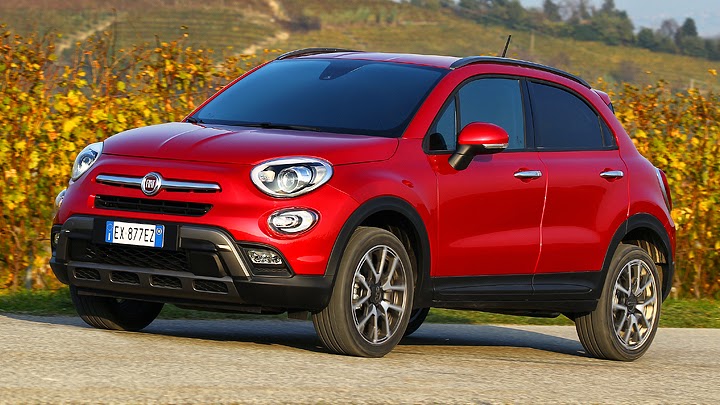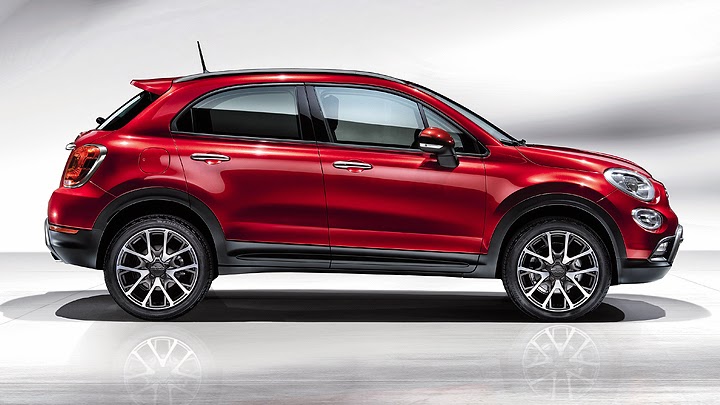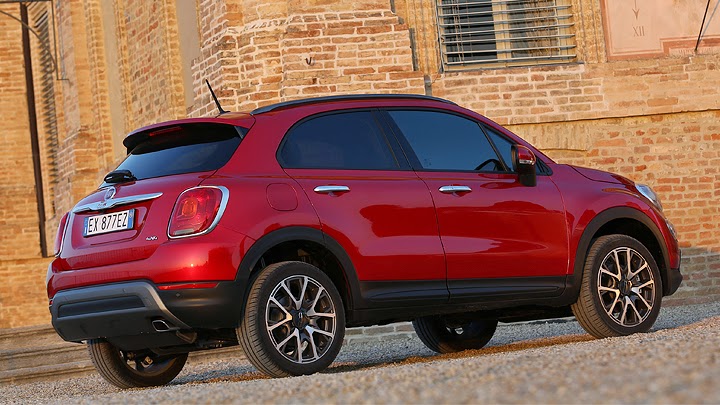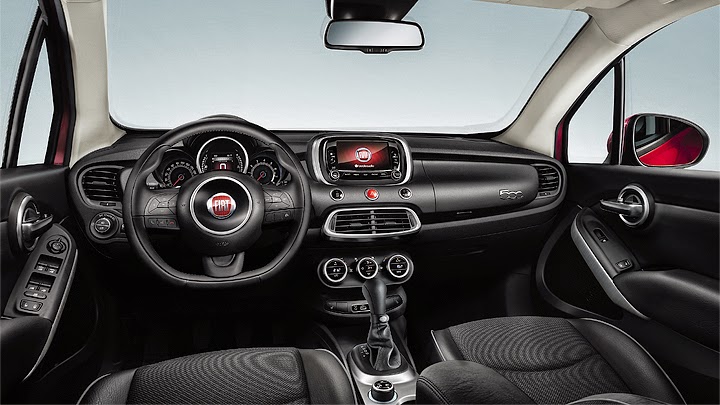
Fiat has spent the past few years entirely dedicated to concluding the absortion of the Chrysler Group. Some might say that putting companies as different as these to work together would be just too hard, but the truth is FCA is turning out very well. Instead of struggling to create a single brand, they decided to keep separate lines, but with all new products receiving the best of both sides. One of the results of that is the company’s brand new crossover team. While Jeep borrowed Fiat’s know-how with compact automobiles to release Renegade, going the other way around allowed the Italians to combine Cinquecento’s famous style to the true off-road capabilities that only a North-American automaker could offer.
500X is interesting because it merges the entire concepts of the vehicles from which it derives. The original 500 is an image car, which attracts for being cute and very well-equipped. Renegade, in turn, is a small-scale version of true off-road vehicles such as Cherokee and Wrangler. The resulting car is bigger and more prepared for being used by a small family than the first, but still more urban and even fancier than the second. Fiat’s intention is to enter the compact-crossover category with the two latter options, highlighting their differences so as to attract two groups of customers. That is to say, while Renegade fights Dacia Duster and Ford EcoSport in Europe and Latin America, the Fiat sibling will take Renault Captur in Europe and Chevrolet Trax in North America.










The external design, as the photos anticipate, reminds of what Mini did to go from Cooper to Countryman. Elements such as front and rear lights, air intakes and the rear license plate area were increased so as to suit 500X’s bigger silhouette. Besides, the roofline was stretched a little to welcome the two additional doors, and the lower section received black-plastic outlining to dissimulate the increased height. But all the traditional items are still there, such as rounded lights, the mustache-like chrome bar at the front, arched A and C-pillars, and the feeling that it’s smaller than it looks. Finding it pretty or not will always depend on each person, but it’s impossible to deny that those two concepts were combined very well.
The interior continues to remind you’re in a vehicle from the 500 family. The retro-car touch is made by contrasting the rounded design with chrome inserts and two-tone finishing with the typical brightness of high-definition screens; 500X has a bigger one for the Uconnect infotainment central and a smaller one sitting between the speedometer and the tachometer, this one dedicated to driving information. The equipment list doesn’t go very far from what appears on the competitors, which means you’ll find extense sets of storage areas, multimedia functions, and safety systems. But where Fiat has gone the extra mile is at personalization: you can make your very own combination of materials, colors, finishes and even the overall car’s style.










Yes, regardless of the conventional trim-level division, 500X will be offered in two main versions: the regular one uses more chrome inserts and colored internal parts in order to look fancier and more urban. Cross, in turn, invests in more aggressive external accessories and black-and-chrome trim so as to convey a more rugged look. However, these are almost the same when it comes to the technical part: petrol engines will be the e-TorQ 1.6L, good for 110 hp, the turbocharged MultiAir2 1.4L with either 140 or 170 hp, or the Tigershark 2.4L with 187 hp. Switching to diesel, the Multijet II family appears with a 95-hp 1.3L, a 120hp 1.6L or a 140 hp 2.0L. But the offer will vary with each of the EMEA market where 500X will be sold.
Regarding transmissions, the 1.3 and the petrol 1.6 will have a five-speed manual, while the diesel 1.6 and 2.0 and the less powerful 1.4 add a sixth speed – the latter can have a dual-clutch, six-speed automatic upgrade. The other two use a nine-speed automatic gearbox and all-wheel-drive (not all these will be offered from the beginning). The system is a first-in-class for FCA’s crossovers, and features rear-axle disconnection when it’s not needed, in order to save fuel. You can use it in three driving modes, one of them being All Weather at the regular 500X and Traction at Cross: each one offers a different response to tougher conditions. FWD options, in turn, improve their abilities with Traction Plus. 500X will go on sale in the second quarter of 2015.